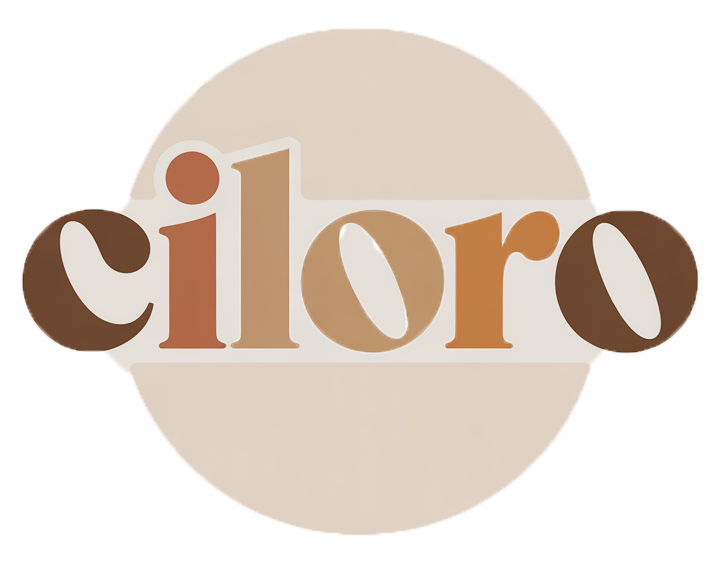Affordable Decor Tips for Nursing Homes to Enhance Comfort
Discover affordable decor tips to create a homely atmosphere in nursing homes, enhancing residents' emotional well-being and quality of life.
Creating a homely environment in nursing homes is essential for the well-being of residents.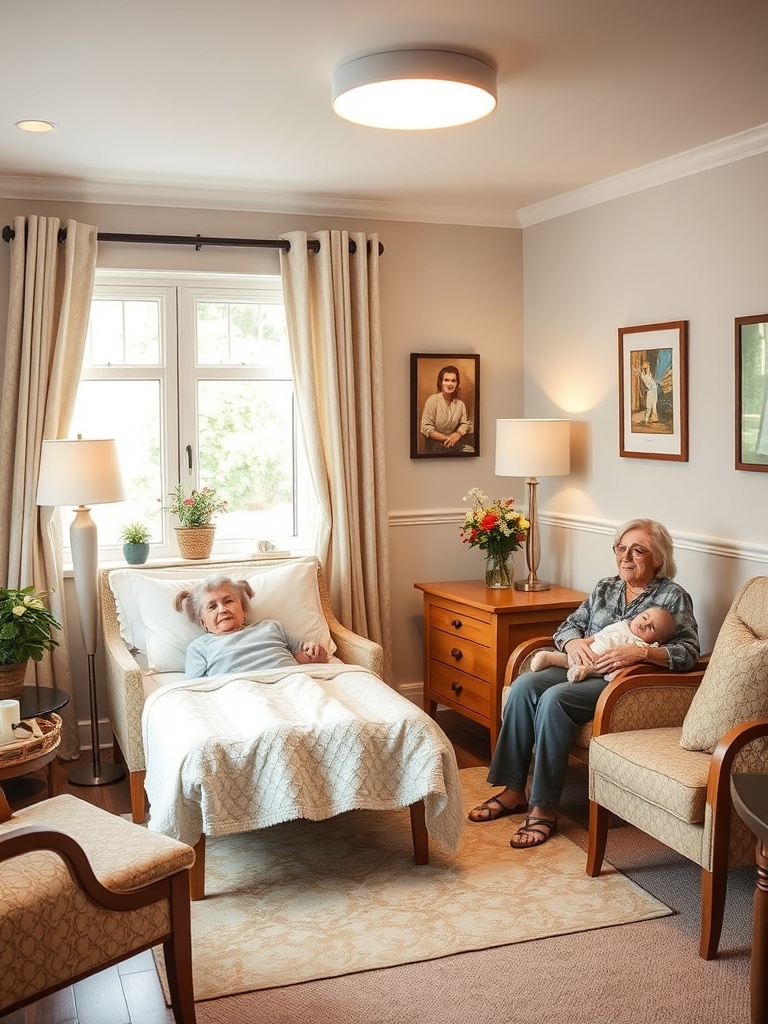
It plays a crucial role in their emotional and psychological health, helping them feel more connected and comfortable in their surroundings. This article aims to provide various affordable decor tips that can transform a nursing home into a more inviting and personal space.
By implementing these suggestions, caregivers and staff can enhance the quality of life for residents, making their living environment feel more like home.
Understanding the Needs of Nursing Home Residents
Emotional and Psychological Benefits of a Personalized Space
- Reducing feelings of loneliness and isolation: A personalized space fosters connections and a sense of belonging.
- Enhancing comfort and security: Familiar decor can create a soothing atmosphere that promotes relaxation.
- Encouraging independence and self-expression: Personal touches allow residents to express their individuality.
Considerations for Safety and Mobility
- Importance of clutter-free spaces: Ensuring walkways are clear helps prevent accidents.
- Non-slip materials and furniture arrangements: Choosing safe materials and arranging furniture thoughtfully is vital for mobility.
Tip 1: Personalize with Family Photos
Ways to Display Family Photos
- Creating a photo wall or collage.
- Using decorative frames that match room decor.
Benefits of Visual Reminders of Loved Ones
- Encouraging connection to family: Photos help maintain bonds with loved ones.
- Evoking happy memories and feelings: Familiar images can uplift spirits.
Tip 2: Use Color Wisely
Choosing Calming Colors for Walls and Decor
- Effects of color on mood and wellbeing: Colors can influence emotions significantly.

- Recommended colors for nursing home environments: Soft blues, greens, and warm neutrals are often ideal.
Incorporating Accent Colors through Accessories
- Pillows, throws, and rugs as accents.
- Seasonal color changes for variety.
Tip 3: Add Comfort with Textiles
Selecting Soft, Comfortable Fabrics
- Choosing blankets, pillows, and curtains that provide tactile comfort.
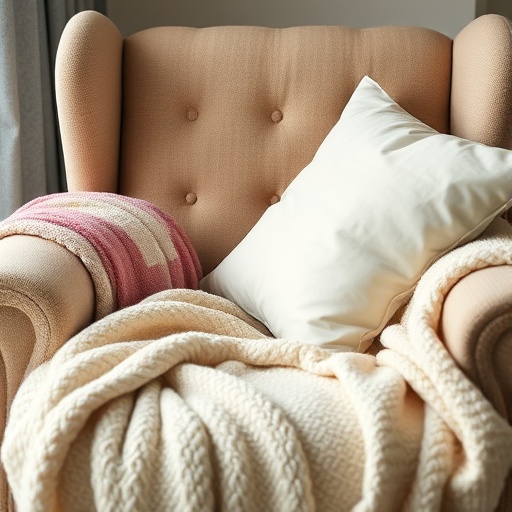
Layering Textiles for Warmth and Texture
- Combining different materials for visual interest.
- Tips for easy maintenance and cleaning.
Tip 4: Incorporate Nature
Benefits of Nature in Decor
- Enhancing mood and reducing stress: Natural elements can have a calming effect.

- Connection to the outdoors: Bringing nature inside can improve overall well-being.
Ideas for Incorporating Natural Elements
- Indoor plants and their care.
- Artwork featuring nature scenes.
Tip 5: Create a Functional Layout
Importance of a Well-Thought-Out Room Layout
- Maximizing space for movement and accessibility: A well-planned layout facilitates easier navigation.

- Arranging furniture for social interaction: Grouping seating can encourage conversations.
Multi-Purpose Furniture as a Solution
- Examples of space-saving furniture options.
- Benefits of functionality in decor.
Tip 6: Utilize Wall Space Creatively
Ideas for Wall Decor that Add Personality
- Shelves for books and personal items.
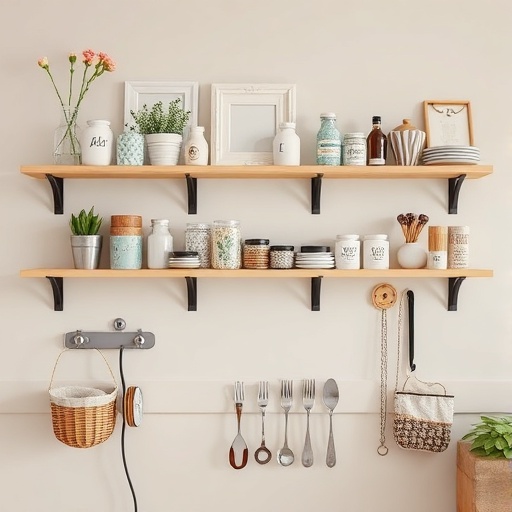
- Hanging art or crafts made by residents.
Functional Wall Decor Options
- Clocks, calendars, and bulletin boards to keep residents engaged.
Tip 7: Incorporate Memory Aids
Using Decor to Support Cognitive Function
- Memory boards or visual cues to assist with recall.
- Simple labels for items and areas to aid navigation.
Engaging Residents with Reminiscence Decor
- Themed decor based on interests or past experiences.
- Using familiar objects to spark conversations.
Tip 8: Create Cozy Nooks
Designing Small Spaces for Relaxation
- Importance of quiet areas for rest: Nooks can provide a retreat from the busyness of communal spaces.
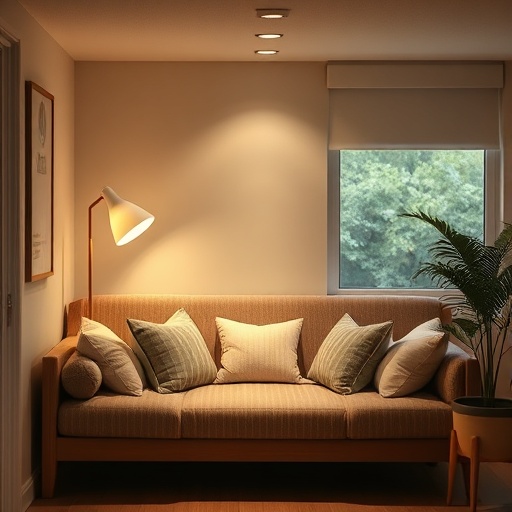
- Suggestions for furniture arrangements that promote comfort.
Adding Elements for Comfort in Nooks
- Incorporating lighting, cushions, and soft textiles.
- Personal items that encourage use and create familiarity.
Tip 9: Encourage Resident Participation
Involving Residents in Decor Decisions
- Benefits of allowing personal choices: Empowering residents can improve their sense of agency.
- Hosting decor workshops or discussions to gauge preferences.
Showcasing Resident Creations
- Displaying art, crafts, or photography made by residents.
- Celebrating individual contributions to the space.
Tip 10: Seasonal Decor Updates
Benefits of Changing Decor with the Seasons
- Keeping the environment fresh and engaging: Seasonal updates can renew interest in the space.

- Encouraging participation in seasonal activities.
Affordable Seasonal Decor Ideas
- DIY projects using natural materials.
- Budget-friendly seasonal accents that can be easily switched out.
Key Takeaways
- Creating a homely environment in nursing homes is vital for residents' emotional well-being.
- Personalized decor can reduce feelings of isolation and enhance comfort.
- Involving residents in decor decisions fosters a sense of belonging and independence.
- Seasonal updates to decor keep the environment fresh and engaging.
- Affordable and thoughtful decor tips can significantly improve the quality of life for nursing home residents.
Conclusion
In conclusion, the importance of affordable decor tips cannot be overstated in enhancing the quality of life for nursing home residents. By implementing the suggestions provided in this article, caregivers and staff can create a more homely feel in nursing homes. This not only uplifts the spirits of the residents but also fosters a nurturing environment that promotes well-being and connection.
We encourage you to explore these ideas and consider how small changes can make a significant impact on the everyday lives of those in your care.
FAQ
Why is it important to personalize nursing home spaces?
Personalizing nursing home spaces helps residents feel more connected and comfortable, reducing feelings of loneliness and enhancing emotional well-being.
What are some safe decor materials for nursing homes?
Non-slip materials and clutter-free arrangements are essential for safety. Soft textiles and accessible furniture also contribute to a safe environment.
How can I involve residents in decor decisions?
Hosting decor workshops or discussions allows residents to express their preferences and participate in the creation of their environment.
What are some budget-friendly decor ideas?
DIY projects using natural materials and seasonal accents can be a cost-effective way to refresh decor without breaking the bank.
